Home>Garden Essentials>How Do They Make Grass Seed
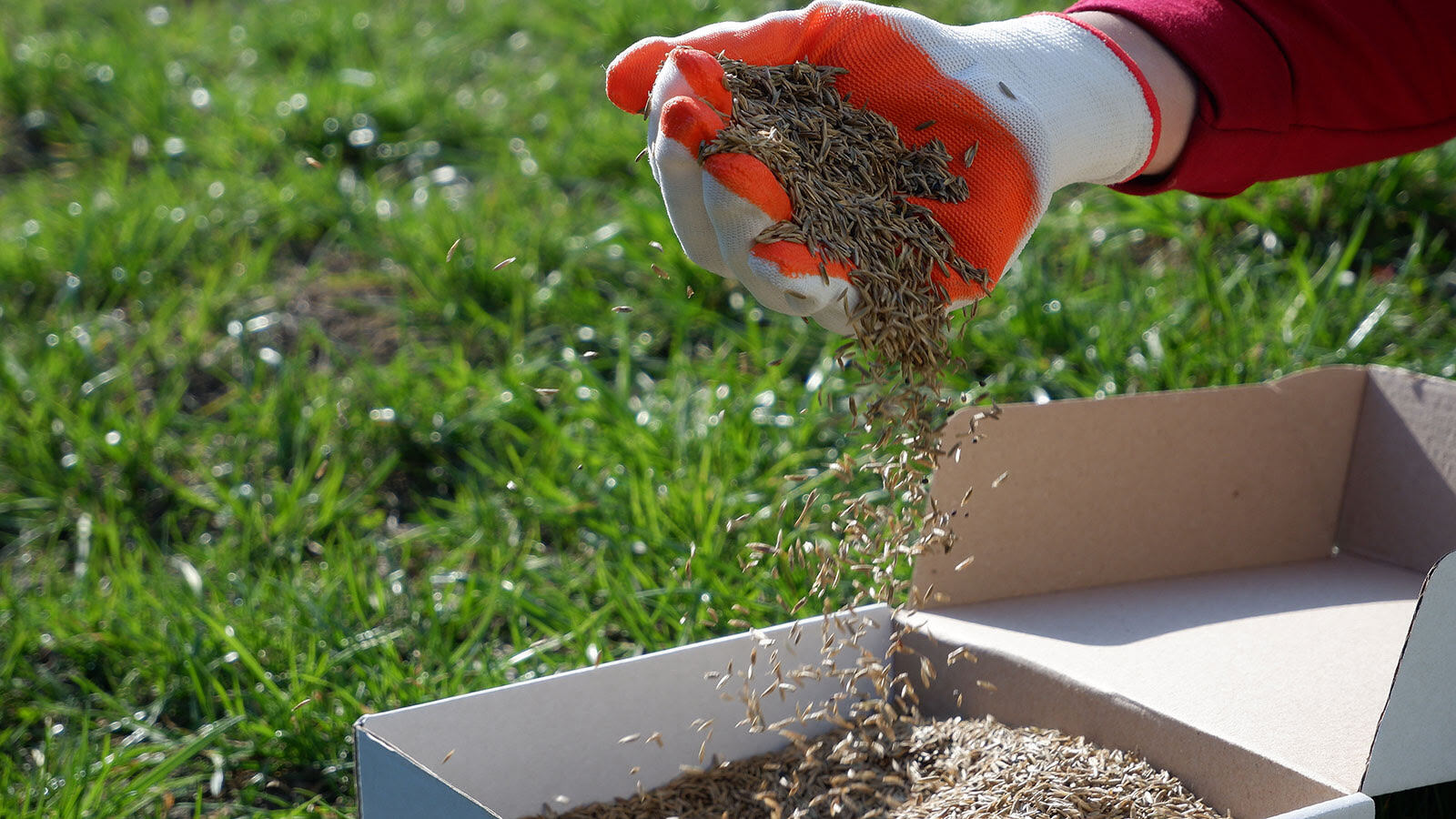

Garden Essentials
How Do They Make Grass Seed
Modified: October 19, 2024
Discover the secrets of how garden grass seed is made and learn tips and techniques for cultivating a vibrant and lush garden.
(Many of the links in this article redirect to a specific reviewed product. Your purchase of these products through affiliate links helps to generate commission for Storables.com, at no extra cost. Learn more)
Introduction
Welcome to the world of gardening, where the beauty and vitality of plants are celebrated. One crucial aspect of maintaining a healthy and vibrant garden is through the use of grass seed. Whether you are establishing a new lawn or rejuvenating an existing one, understanding how grass seed is made can provide valuable insights into selecting the right variety for your needs.
Grass seed is the key ingredient for cultivating lush, green lawns that serve as a backdrop for outdoor activities and create a soothing ambiance. By understanding the process of grass seed production, you can ensure that you are using high-quality seeds that will result in a thriving and beautiful lawn.
Choosing the right grass seed is essential, as different varieties thrive in specific climates and soil conditions. By considering factors such as sunlight exposure, soil type, and foot traffic, you can select a grass seed that will flourish in your specific environment. Once the ideal grass seed is selected, the process of producing it begins.
In this article, we will take a closer look at how grass seed is made, from harvesting to packaging, and everything in between. By gaining a deeper understanding of this process, you will be better equipped to make informed decisions when it comes to selecting the right grass seed for your garden.
Key Takeaways:
- Grass seed is the foundation for lush lawns, and understanding its production process helps in selecting the right variety for your garden based on climate, soil, and sunlight.
- The meticulous process of harvesting, cleaning, testing, and treating grass seeds ensures high-quality products for vibrant and thriving lawns, contributing to a beautiful outdoor environment.
Read more: How Do Angiosperms And Conifers Make Seeds?
What is Grass Seed
Grass seed is essentially the reproductive component of grass plants. It is produced by mature grass plants that have gone through the process of flowering and pollination. Grass plants belong to the family Poaceae and are characterized by their slender leaves, hollow stems, and the ability to grow in densely packed clumps or as a sprawling lawn.
The grass seed itself consists of the embryonic plant enclosed within a protective outer seed coat. This seed coat provides the necessary protection for the young plant as it develops and allows for successful germination in various environmental conditions.
Grass seed is available in different varieties, each with its unique characteristics and growth patterns. Common types of grass seed include Kentucky bluegrass, Bermuda grass, fescue, and ryegrass, among others. Each variety has specific attributes that make it suitable for different climates and uses.
Grass seed plays a crucial role in establishing and maintaining lawns, sports fields, parks, and other green spaces. It is responsible for producing the thick, green carpet-like coverage that is desired for aesthetic and functional purposes.
When selecting grass seed, it is important to consider factors such as climate, soil type, level of sunlight, and the intended use of the lawn. Some grass varieties are more tolerant of drought or shade, while others are better suited to withstand heavy foot traffic.
By assessing these factors and understanding the characteristics of different grass species, you can choose the right grass seed that will thrive in your specific environment and meet your unique needs.
The Importance of Grass Seed
Grass seed plays a crucial role in the establishment and maintenance of healthy lawns and green spaces. Here are some key reasons why grass seed is important:
- Creating a Lush and Beautiful Lawn: Grass seed provides the foundation for creating a vibrant and visually appealing lawn. With the right grass seed, you can achieve a thick, green carpet-like coverage that enhances the overall aesthetic of your outdoor space.
- Improving Soil Stability: Grass plants have extensive root systems, which help bind the soil together and prevent erosion. By planting grass seed, you are essentially promoting healthy soil stability and preventing soil erosion, especially in areas prone to heavy rainfall or wind.
- Enhancing Air Quality: Grass plants play a vital role in oxygen production and carbon dioxide absorption, helping to purify the air we breathe. By cultivating a healthy lawn with quality grass seed, you contribute to improving air quality in your surroundings.
- Providing Cooling Effect: Lawns covered with lush grass can significantly reduce surface temperatures, providing a cooling effect in hot summer months. This is particularly important in urban areas where concrete and asphalt surfaces tend to retain heat.
- Filtering Water: Grass plants help filter rainwater, removing impurities and pollutants before they enter groundwater sources. This natural filtering process helps to maintain the quality of our water supply and reduce water pollution.
- Creating Play and Recreational Areas: Whether it’s a backyard play area or a community sports field, grass seed is essential in creating safe and enjoyable spaces for outdoor activities. The soft texture of grass provides a cushioned surface for children to play and offers optimal conditions for various sports.
Overall, grass seed is essential for creating and maintaining healthy lawns and green spaces. It not only enhances the beauty of outdoor areas but also contributes to environmental sustainability and promotes a healthier lifestyle. By choosing the right grass seed and proper lawn care practices, you can enjoy all the benefits that a lush and thriving lawn has to offer.
Selecting the Right Grass Seed
When it comes to selecting the right grass seed for your lawn or green space, several factors need to be considered. Here are some essential considerations to keep in mind:
- Climate: The first and foremost factor to consider is the climate in your region. Different grass species thrive in different climate conditions. For example, warm-season grasses like Bermuda grass and Zoysia grass are best suited to hot and humid climates, while cool-season grasses like Kentucky bluegrass and fescue perform well in cooler regions. Determine whether your area experiences predominantly warm or cool temperatures to choose the appropriate grass seed variety.
- Soil Type: Assessing your soil type is crucial, as it influences the growth and health of grass plants. Some grass species prefer well-drained sandy soil, while others thrive in heavy clay soil. Conduct a soil test to determine the pH level, fertility, and texture of your soil. This information will help you choose grass seed varieties that are best suited to your soil type.
- Sunlight Exposure: Consider the amount of sunlight your lawn receives throughout the day. Some grasses require full sun, while others can tolerate partial shade. Understanding the sunlight exposure in your lawn will help you select grass seed species that can thrive in those specific conditions.
- Intended Use: Think about how you plan to use your lawn or green space. If you have children or pets that will frequently use the area, you’ll want grass seed that can withstand heavy foot traffic. Alternatively, if you’re looking for a low-maintenance lawn, you may opt for a grass variety that requires less water and mowing.
- Regional Adaptability: Different grass seed varieties have varying degrees of regional adaptability. Check with local experts or consult regional planting guides to determine which grasses are well-suited to your specific area. These grasses have already been tested and proven to perform well in your region’s climate and soil conditions.
Once you have considered these factors, it’s time to choose the specific grass seed variety that matches your needs. Look for reputable seed suppliers that offer high-quality grass seed with good germination rates and low weed content. Read customer reviews and seek recommendations from local garden centers or landscaping professionals for guidance.
By carefully selecting the right grass seed, you can ensure the long-term success and health of your lawn or green space, maximizing its aesthetic appeal and functionality.
Step 1: Harvesting Grass Seed
The process of producing grass seed starts with the careful and timely harvesting of mature grass plants. Harvesting is typically done when the seed heads have fully developed and reached their maximum maturity. Let’s delve into the details of this important first step:
1. Timing: Timing is crucial when it comes to harvesting grass seed. It is essential to wait until the seed heads have fully matured and turned from green to a golden or brown color. This ensures that the seeds have reached their maximum viability and are ready for harvest.
2. Mowing or Cutting: Once the grass seed heads have reached the desired maturity, the plants are mowed or cut close to the ground using specialized equipment such as a combine harvester or a mower with a collection bag. The goal is to capture the seed heads and minimize loss during the harvesting process.
3. Collection: After mowing, the collected grass material, including the seed heads, is gathered and transported to a processing facility. Care must be taken to handle the collected material gently to prevent damage to the seeds.
4. Drying: Once at the processing facility, the collected grass material is spread out in a well-ventilated area to dry. Drying is essential to reduce the moisture content of the seeds, ensuring their longevity and preventing mold or fungal growth during storage.
5. Threshing: Once the grass material is adequately dried, machines or equipment are used to separate the seeds from the rest of the plant material. Threshing can be done by gently beating the dried grass or using specialized machinery that separates the seeds through mechanical means.
6. Cleaning: After threshing, the seeds are typically subjected to a cleaning process to remove any remaining debris or impurities. This is accomplished through various methods, such as air-screen cleaners, gravity tables, and sieves, which help separate the seeds from unwanted materials.
7. Winnowing: In some cases, winnowing is performed to further separate the seeds from lightweight chaff or debris. This process involves using air or wind to blow away the lighter materials while retaining the heavier grass seeds.
Once the grass seed has been harvested, dried, threshed, cleaned, and winnowed, it is ready for further processing, testing, and eventual packaging. From here, the seed goes through additional steps to ensure its quality and viability before being made available for sale to gardeners and landscapers.
Harvesting grass seed is a meticulous process that requires careful timing, proper equipment, and attention to detail. It lays the foundation for producing high-quality grass seed that will contribute to the establishment of healthy, lush lawns and green spaces.
When making grass seed, it’s important to choose the right type for your climate and soil. The seeds are then planted, watered, and cared for until they are ready to be harvested and processed for sale.
Read more: How Do You Make Black Seed Oil
Step 2: Cleaning and Sorting
After the grass seed has been harvested, the next important step in the production process is cleaning and sorting. This step ensures that the collected seeds are free from impurities and contaminants, resulting in high-quality seed that is ready for germination. Let’s explore the details of this crucial step:
1. Seed Cleaning: The harvested grass seeds are typically mixed with various plant debris, such as stems, leaves, and chaff, as well as other unwanted materials. To remove these impurities, several cleaning methods are employed. One common technique is using air-screen cleaners, which use air currents to separate lighter materials from the heavier seeds. These machines utilize screens with different-sized openings to achieve the desired level of cleanliness.
2. Debris Removal: In addition to air-screen cleaners, gravity tables are often used to further separate the seeds from any remaining debris. The seeds are placed on an inclined vibrating surface, and the airflow is adjusted to create a gentle current that removes lighter materials while allowing the desired seeds to move forward.
3. Seed Separation: Once the cleaning process is complete, the seeds are separated based on their size and weight. This ensures uniformity and allows for more accurate seed distribution and sowing. Specialized machinery, such as gravity separators and sieves, are used to achieve this separation. The seeds are passed through a series of screens or sieves with different-sized openings, allowing the smaller and lighter seeds to fall through while retaining the larger and heavier ones.
4. Seed Treatment: In some cases, after the cleaning and sorting process, grass seeds may undergo treatment to enhance their germination rates and protect against diseases and pests. Common seed treatments include applying fungicides or insecticides, coating the seeds with protective substances, or using biological agents to promote healthy growth.
5. Quality Control: Throughout the cleaning and sorting process, quality control measures are implemented to ensure that only high-quality seeds are selected. Samples are taken at various stages of the process and tested for germination rates, purity, and moisture content. Any seeds that do not meet the predetermined quality standards are discarded.
By thoroughly cleaning and sorting the harvested grass seeds, producers can remove any impurities, debris, or contaminants, resulting in seeds that are uniform, pure, and ready for planting. This step is crucial in ensuring the success of germination and establishing healthy and vibrant lawns or green spaces.
Step 3: Testing Germination RatesOnce the grass seed has been cleaned and sorted, the next important step in the production process is testing the germination rates. Germination testing provides valuable information about the viability and quality of the seeds, allowing producers to ensure that customers receive seeds that are capable of sprouting and establishing healthy grass. Let’s explore the details of this critical step:
1. Sample Collection: To conduct germination testing, representative samples from the cleaned and sorted seed batch are collected. These samples should accurately reflect the overall quality and viability of the entire seed lot.
2. Pretreatment: In some cases, certain grass seeds may require pretreatment to enhance germination. This can include scarification (mechanically breaking the seed coat), stratification (subjecting seeds to specific temperature conditions), or soaking the seeds in water to promote hydration.
3. Germination Test Setup: The collected seed samples are placed in a controlled environment that provides optimal conditions for germination. This typically involves placing a specific number of seeds in a substrate or growing medium, such as moist paper towels or vermiculite.
4. Environmental Factors: To simulate natural conditions, the germination test environment must provide suitable temperature, humidity, and light levels. These conditions vary depending on the grass seed species being tested, as each may have specific requirements for successful germination.
5. Germination Observation: The seeds are monitored regularly for a defined period, typically a few weeks, to assess the germination rate. Germination is determined when a visible root emerges from the seed and establishes contact with the growing medium.
6. Data Collection and Analysis: Throughout the germination period, the number of seeds that have successfully germinated is recorded. This data is then analyzed to calculate the germination rate, which represents the percentage of germinated seeds out of the total sample.
7. Quality Assessment: Based on the germination rate, the quality of the seed batch can be determined. Seeds with high germination rates are considered superior, while lower rates may indicate poor seed quality or viability. Suppliers and producers often have specific minimum germination rate requirements that seeds must meet to be considered suitable for sale.
By conducting germination testing, seed producers can ensure that their customers receive seeds with a high likelihood of sprouting and establishing healthy grass. This step provides vital information for both the producer and the end-user, ensuring confidence in the quality and performance of the grass seed.
Step 4: Treating for Weed and Disease Prevention
After the germination testing, an essential step in the grass seed production process is treating the seeds for weed and disease prevention. This step helps ensure that the grass seed is free from harmful pathogens and competitive weeds, setting the stage for successful growth and establishment. Let’s explore the details of this important step:
1. Weed Control: To prevent the germination and growth of competitive weeds, grass seeds are often treated with herbicides or pre-emergent weed control products. These treatments inhibit the growth of weed seeds while allowing the desired grass seeds to flourish. The specific herbicides or treatments used depend on the target weed species and the requirements of the grass seed variety.
2. Disease Prevention: Grass seeds can be susceptible to various diseases caused by fungal or bacterial pathogens. To protect against these diseases and ensure healthy growth, seed lots are often treated with fungicides or bactericides. These treatments help prevent or minimize the occurrence of diseases that can hinder germination and affect the overall health of the grass plants.
3. Seed Coating: Another method of preventing weed competition and protecting against diseases is seed coating. Seed coating involves applying a thin layer of protective material, often made of polymers or other substances, to the surface of the seeds. The coating can contain herbicides, fungicides, or other beneficial additives that provide protection and enhance seed performance.
4. Application Techniques: The treatments mentioned above can be applied through different techniques, including dusting, pelleting, or encapsulation. These methods ensure uniform coverage and proper adherence of the treatments to the seeds, maximizing their effectiveness.
5. Environmental Impact Considerations: It is essential for seed producers to follow strict guidelines and regulations regarding the use of herbicides, fungicides, and other treatment products. These measures ensure that the treatments used are safe for the environment and human health.
By treating grass seeds for weed and disease prevention, seed producers can provide customers with high-quality seeds that have a reduced risk of weed competition and disease incidence. This increases the chances of successful germination and establishment, leading to healthier and more resilient lawns or green spaces in the long run.
Step 5: Packaging and Distribution
The final step in the grass seed production process is packaging and distribution. This step involves carefully packaging the processed and treated seeds and ensuring their safe and efficient delivery to customers. Let’s explore the details of this crucial step:
1. Packaging Materials: Grass seeds are typically packaged in durable and moisture-resistant materials to maintain their quality and viability. Common packaging materials include seed bags, pouches, or containers made of paper, plastic, or fabric. The packaging must be designed to protect the seeds from exposure to moisture, sunlight, and other unfavorable conditions.
2. Labeling and Information: Each package of grass seed should be clearly labeled with important information, including the seed variety, recommended planting instructions, germination rate, net weight, and any specific instructions or precautions. This ensures that customers have all the necessary information to successfully sow and establish their lawns.
3. Quantity and Sizes: Packaging sizes can vary depending on the needs of customers. Grass seed is typically available in various quantities, ranging from small packets for residential use to larger bags for commercial applications. The packaging size should align with the specific requirements of the target audience, whether it’s homeowners, landscapers, or agricultural professionals.
4. Storage: Proper storage conditions are crucial to maintaining the quality and viability of grass seeds. Seed producers should store packaged seeds in cool, dry environments to prevent moisture absorption and prolong seed longevity. This helps ensure that the seeds retain their germination capacity until they are ready to be used by customers.
5. Distribution Channels: Grass seed is distributed through various channels, including seed suppliers, garden centers, agricultural stores, and online platforms. Seed producers work with distributors to ensure that the seeds reach customers in a timely and efficient manner. Proper packaging and handling during distribution help maintain the integrity of the seeds throughout the journey from the production facility to the end-user.
6. Customer Support: Providing effective customer support is important in the packaging and distribution process. Seed producers often offer guidance and assistance to customers regarding seed selection, planting techniques, and troubleshooting common issues. This ensures that customers have a positive experience and are empowered to establish successful lawns or green spaces with the purchased grass seeds.
By carefully packaging and distributing grass seeds, seed producers ensure that customers receive high-quality products that are ready for sowing. Effective packaging, labeling, and distribution practices contribute to customer satisfaction and success in achieving healthy and beautiful lawns or green spaces.
Read more: Landscaping: How Much Do You Make
Conclusion
Grass seed production is an intricate process that involves several crucial steps to ensure the production of high-quality seeds. From harvesting to packaging and distribution, each stage plays a significant role in providing customers with seeds that have high viability, purity, and germination rates. Understanding the process of grass seed production allows gardeners, landscapers, and homeowners to make informed decisions when selecting the right seeds for their lawns or green spaces.
Grass seed serves as the foundation for establishing vibrant and healthy lawns. By selecting the right grass seed variety based on factors such as climate, soil type, sunlight exposure, and intended use, you can create a lush and appealing outdoor environment.
The process of producing grass seed starts with careful harvesting, ensuring that the seeds are collected at their optimal maturity. Cleaning and sorting of the seeds remove impurities and ensure uniformity, while germination testing provides valuable insights into the viability and quality of the seeds.
Further, treating the seeds for weed and disease prevention safeguards against challenges that may hinder their growth and establishment. Packaging and distribution ensure that the processed seeds are properly protected and delivered to customers, ready for sowing and cultivation.
By understanding and appreciating the efforts that go into grass seed production, you can make informed choices that promote the successful establishment of vibrant and thriving lawns or green spaces. Whether you’re a homeowner wanting to rejuvenate your yard or a landscaper planning a large-scale project, selecting the right grass seed is essential.
Remember, the process of grass seed production requires precision, expertise, and adherence to industry standards. Working with reputable seed suppliers and distributors ensures that you receive high-quality seeds that are backed by rigorous testing and quality control measures.
So, as you embark on your journey of cultivating a lush and beautiful lawn, remember the critical role that grass seed plays, and the careful attention and expertise that goes into its production. With the right grass seed selection, you can create a vibrant and inviting outdoor space that brings joy and satisfaction for years to come.
Frequently Asked Questions about How Do They Make Grass Seed
Was this page helpful?
At Storables.com, we guarantee accurate and reliable information. Our content, validated by Expert Board Contributors, is crafted following stringent Editorial Policies. We're committed to providing you with well-researched, expert-backed insights for all your informational needs.


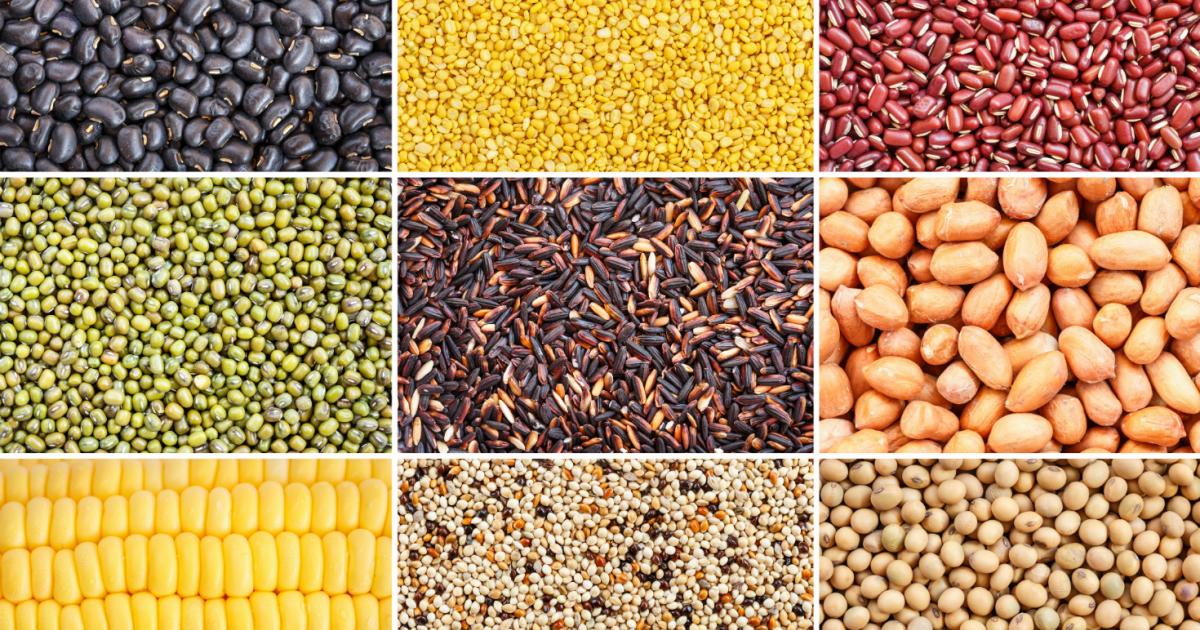

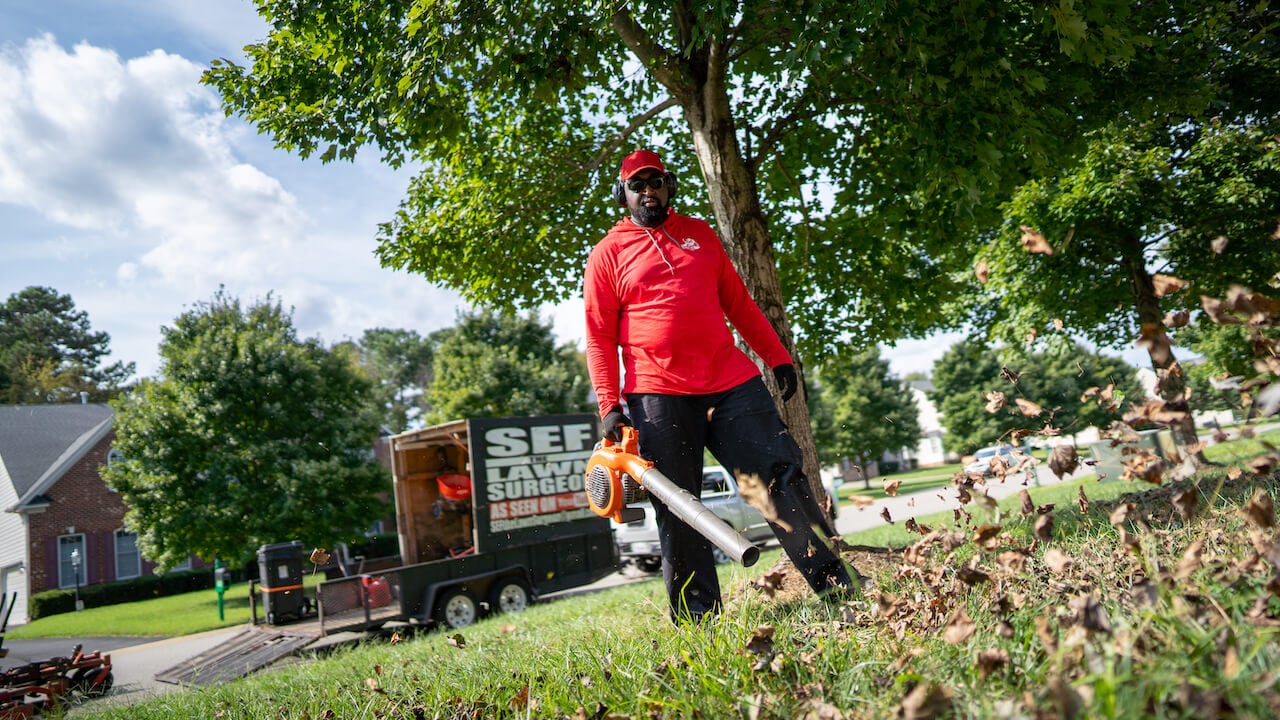
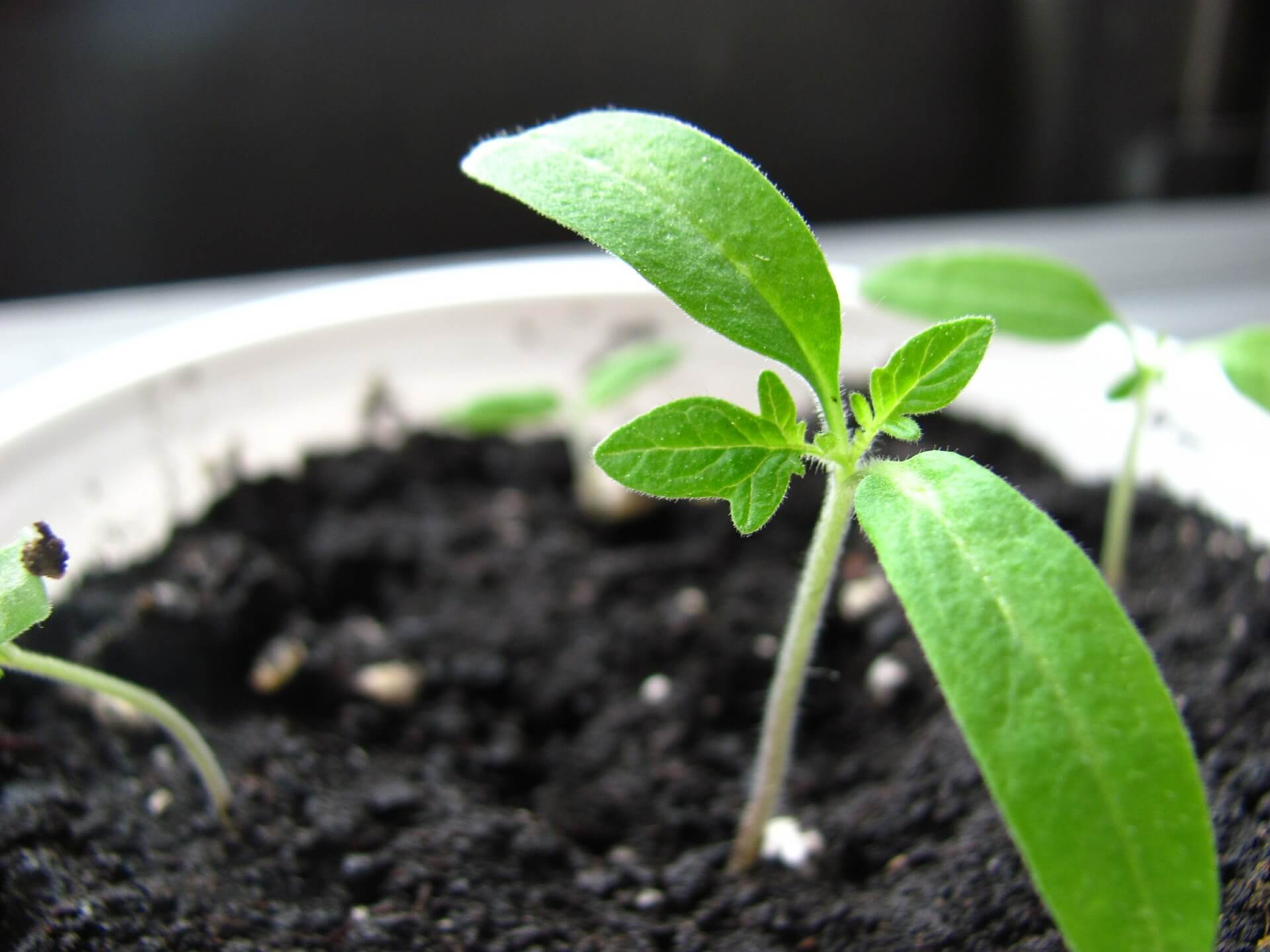
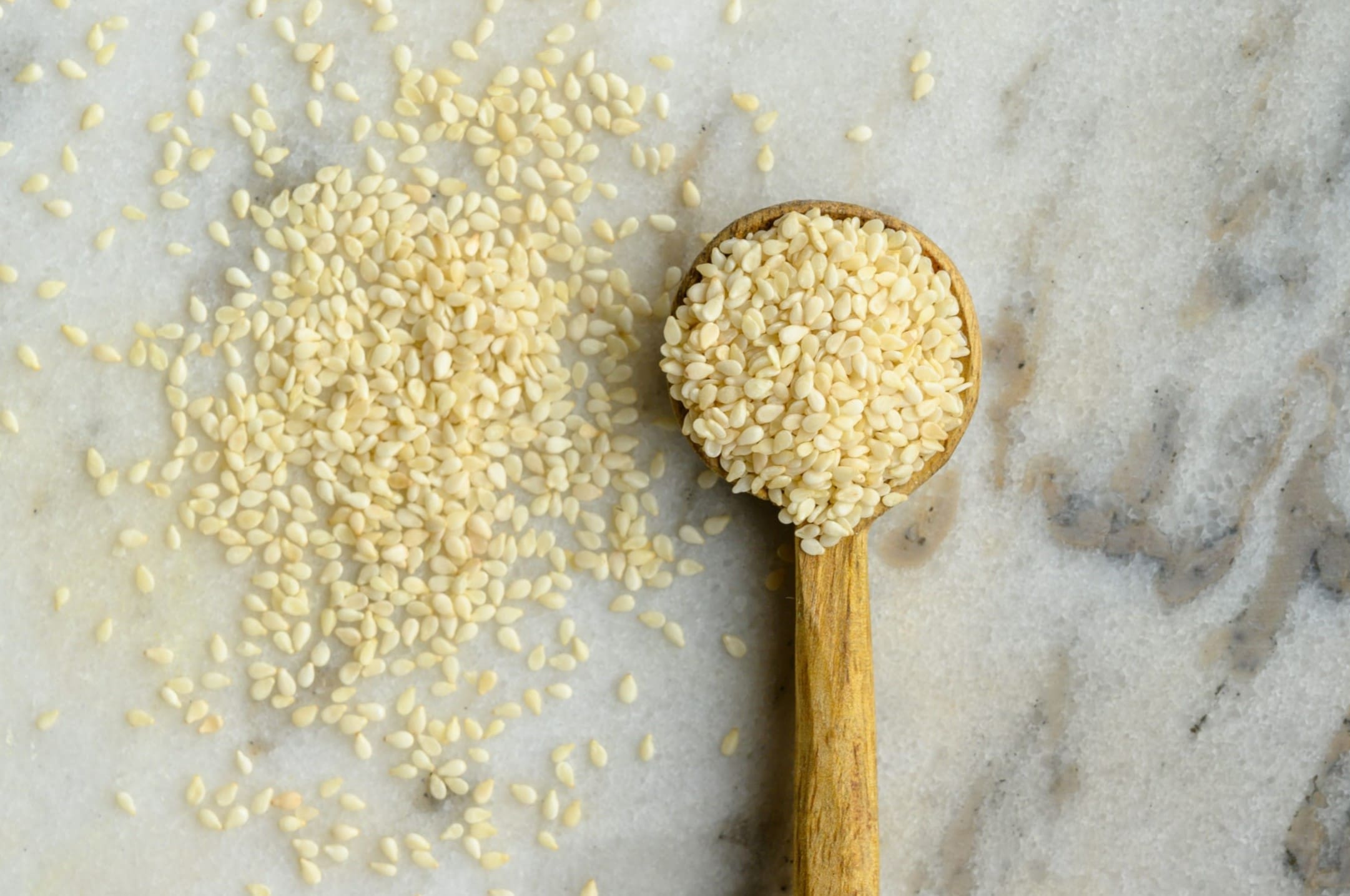
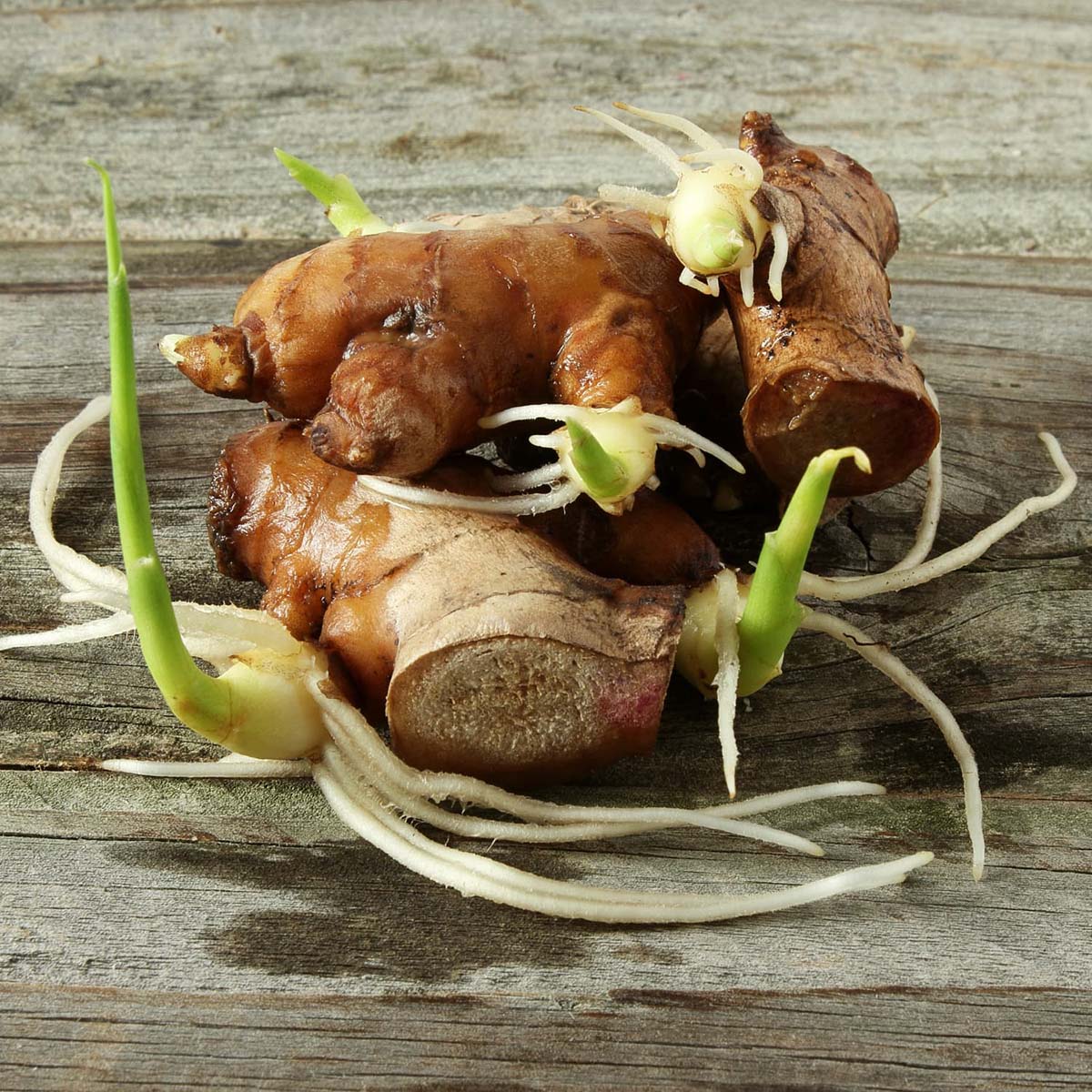
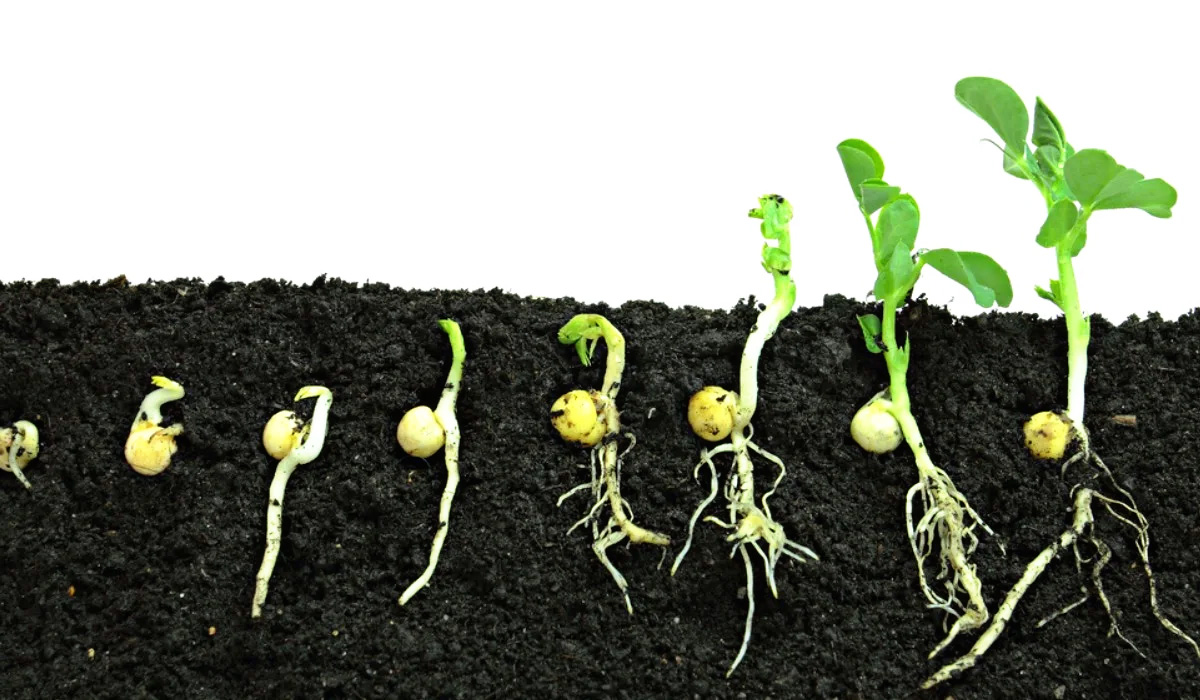
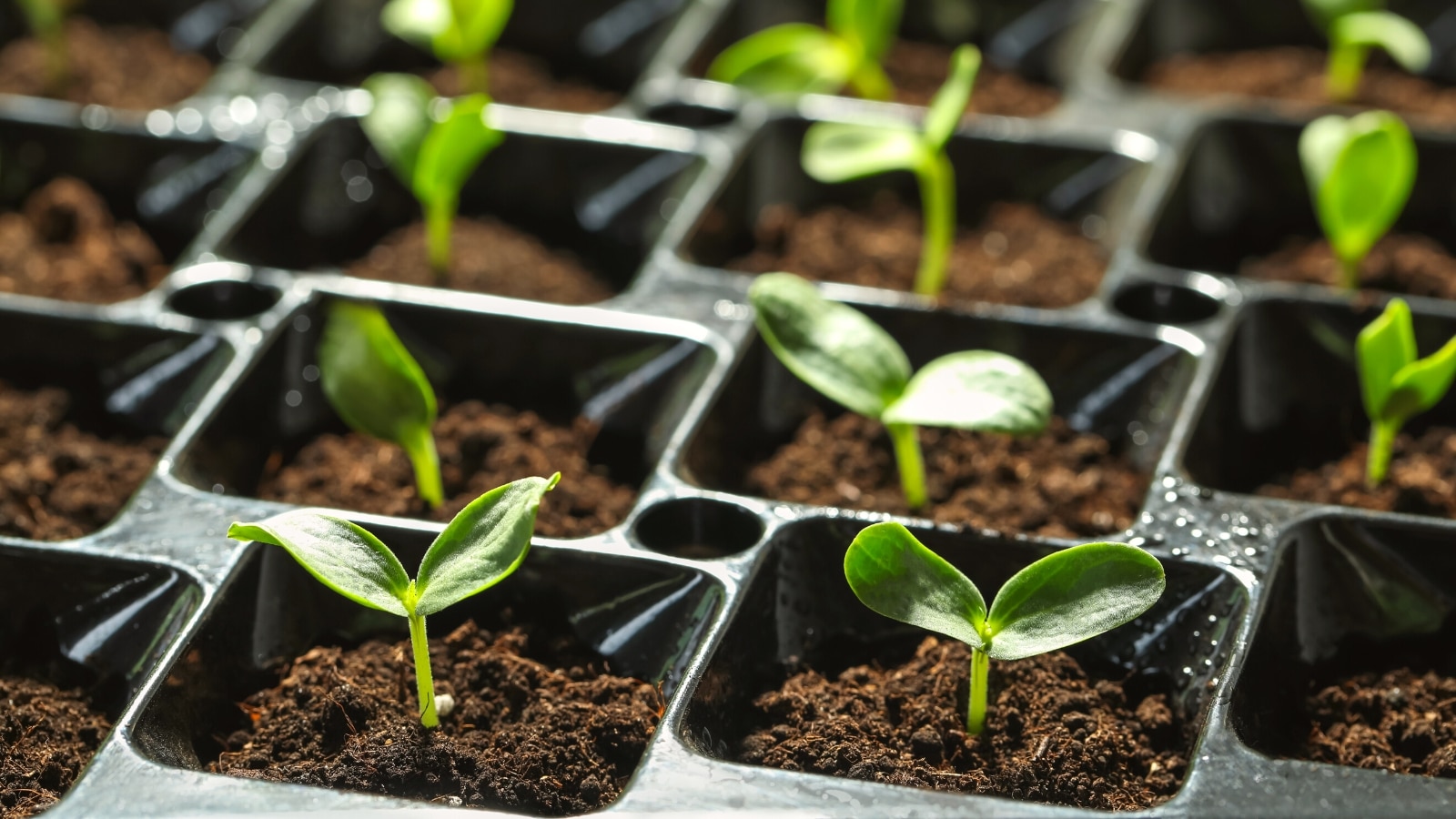
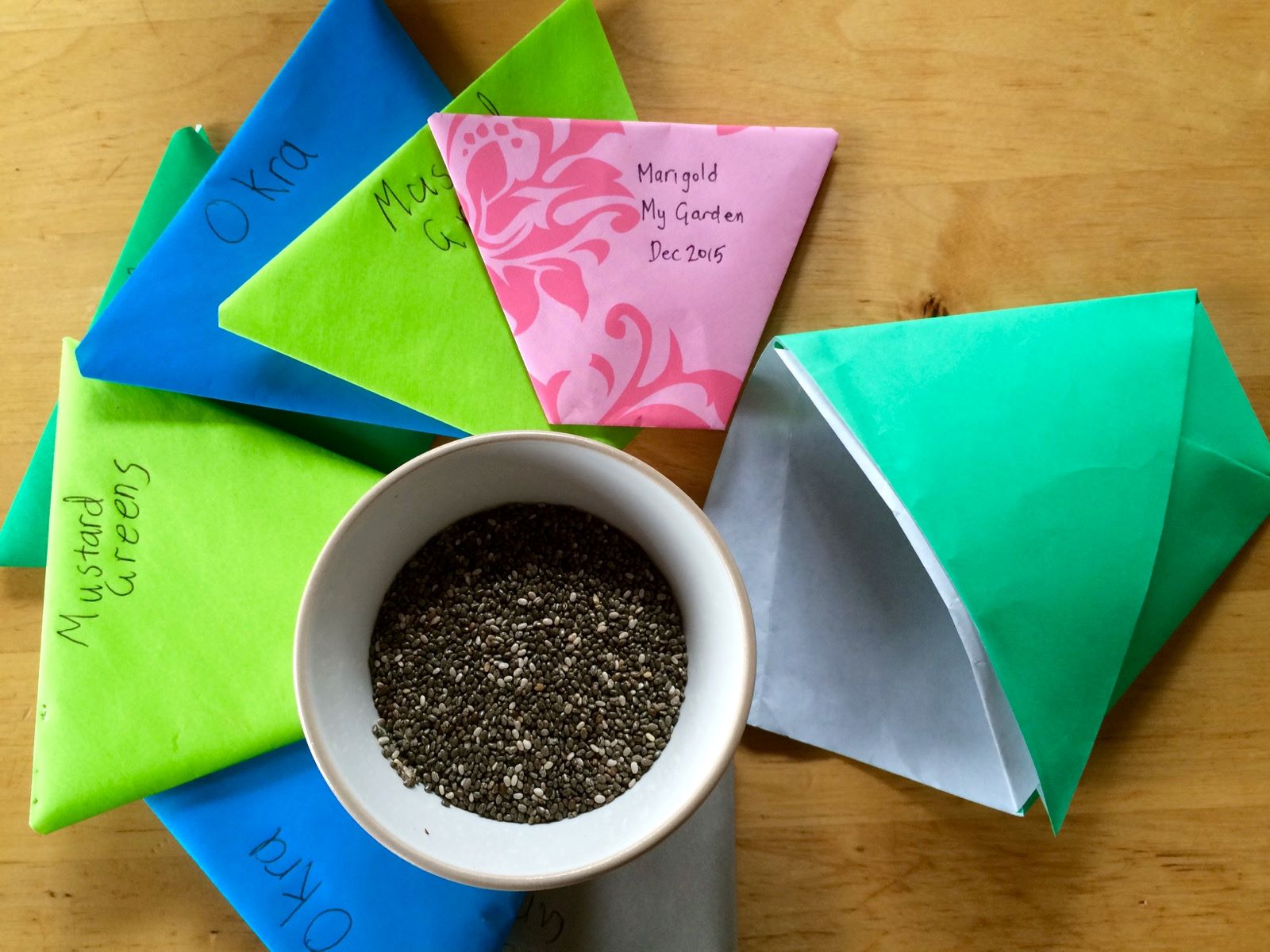
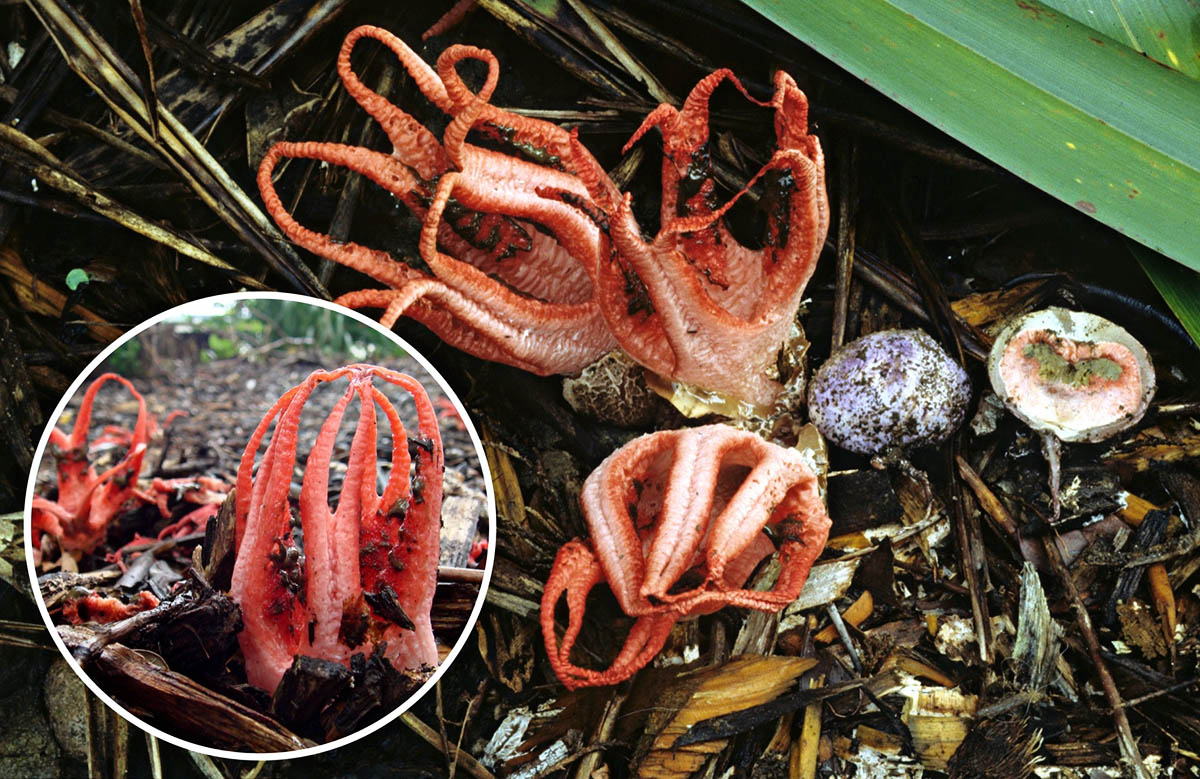
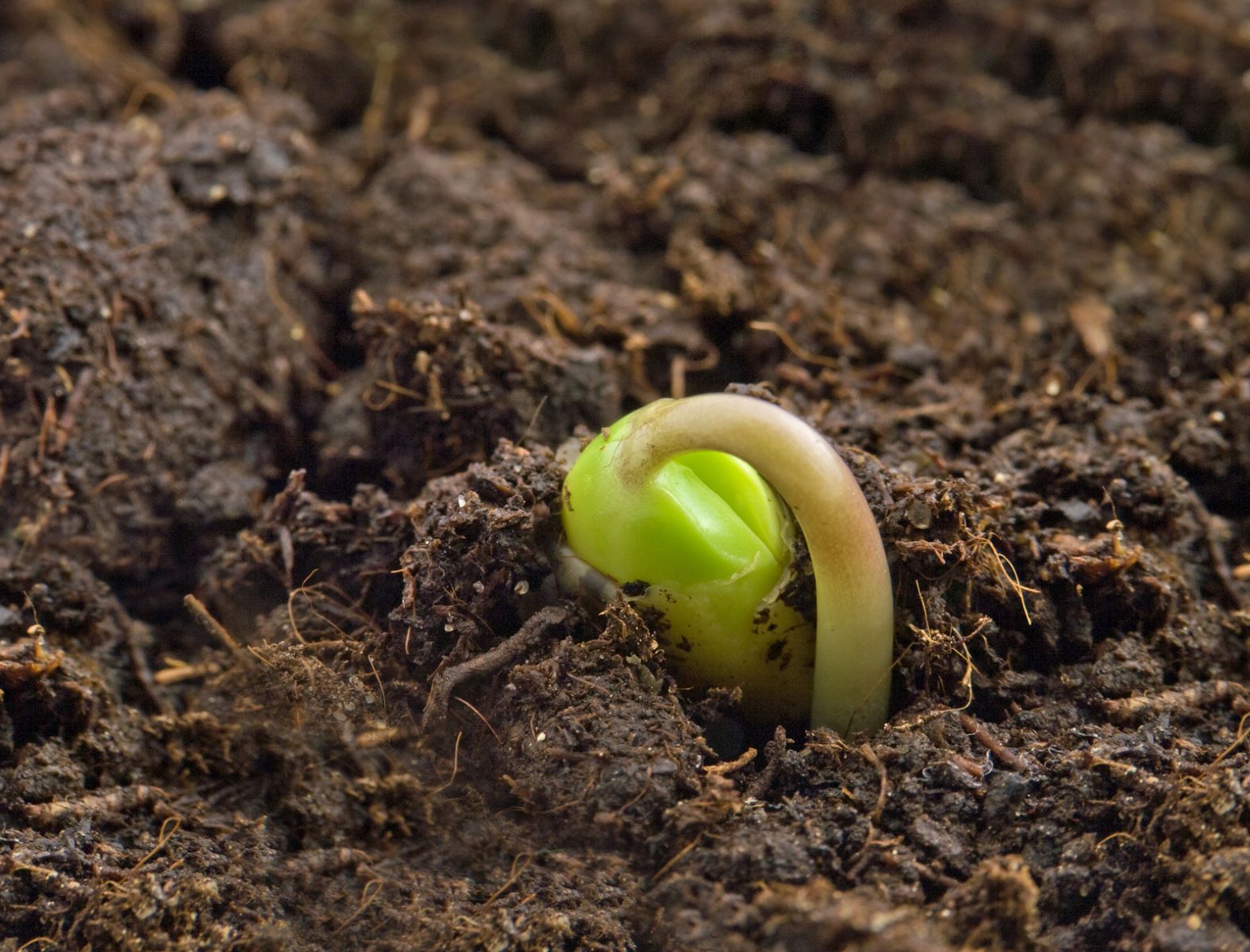

0 thoughts on “How Do They Make Grass Seed”